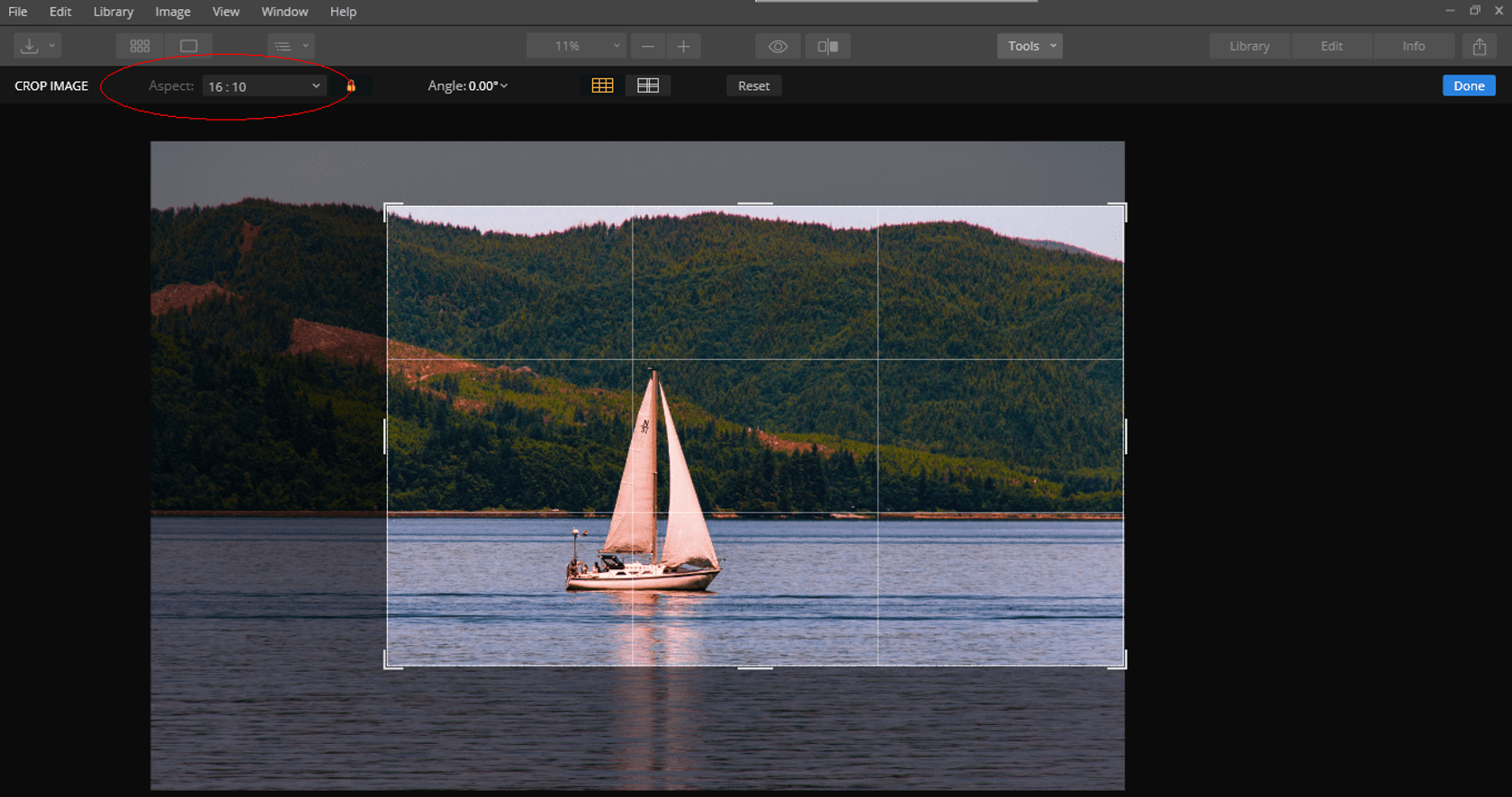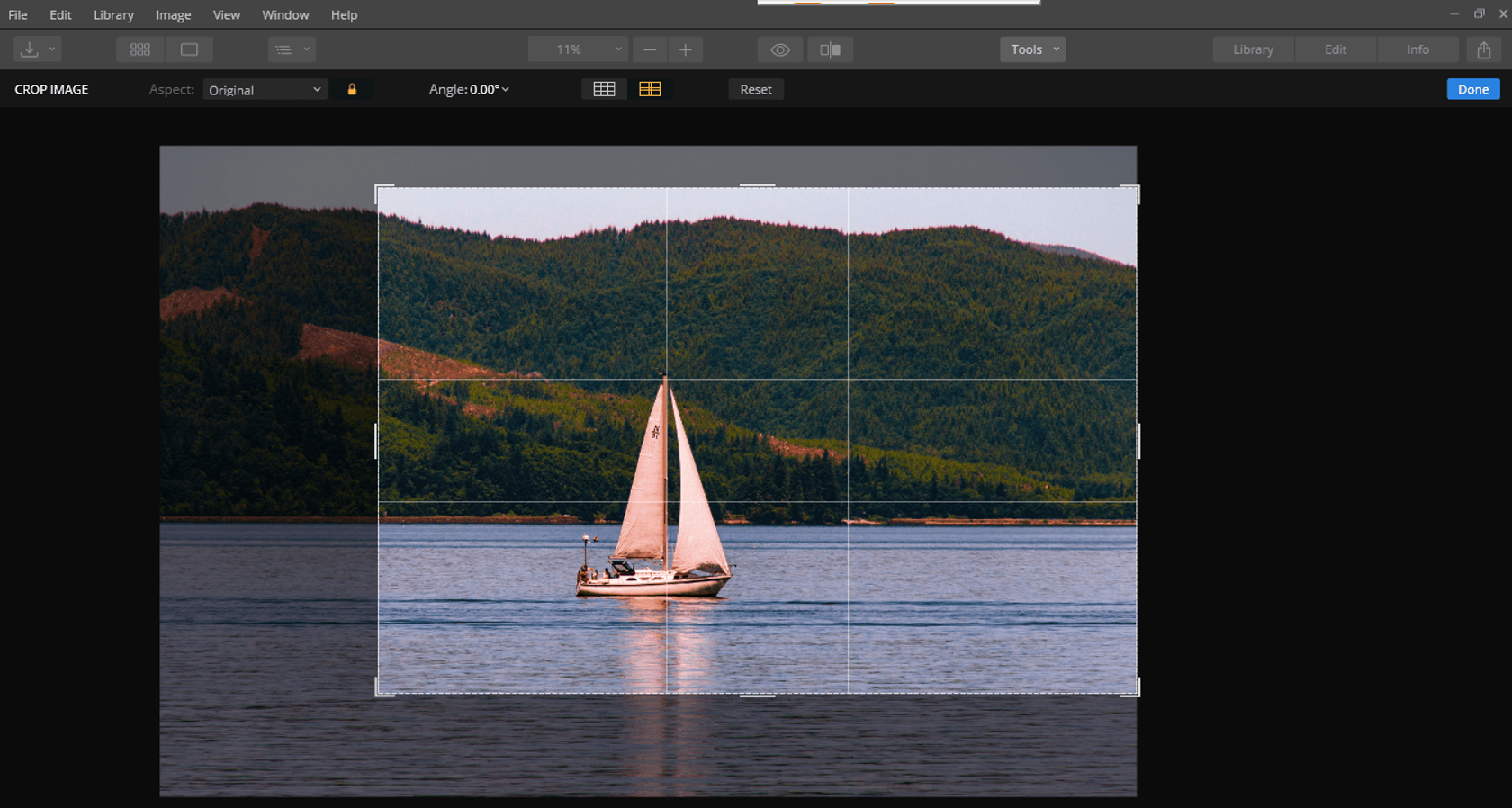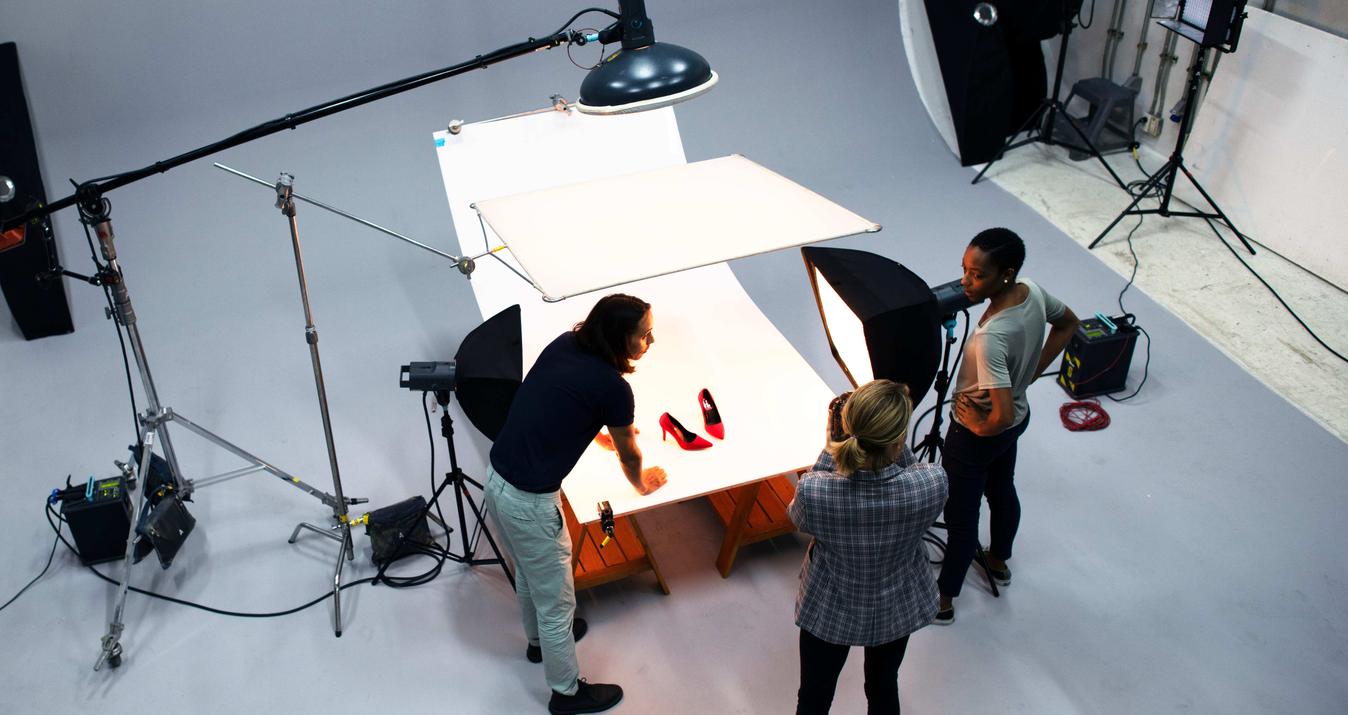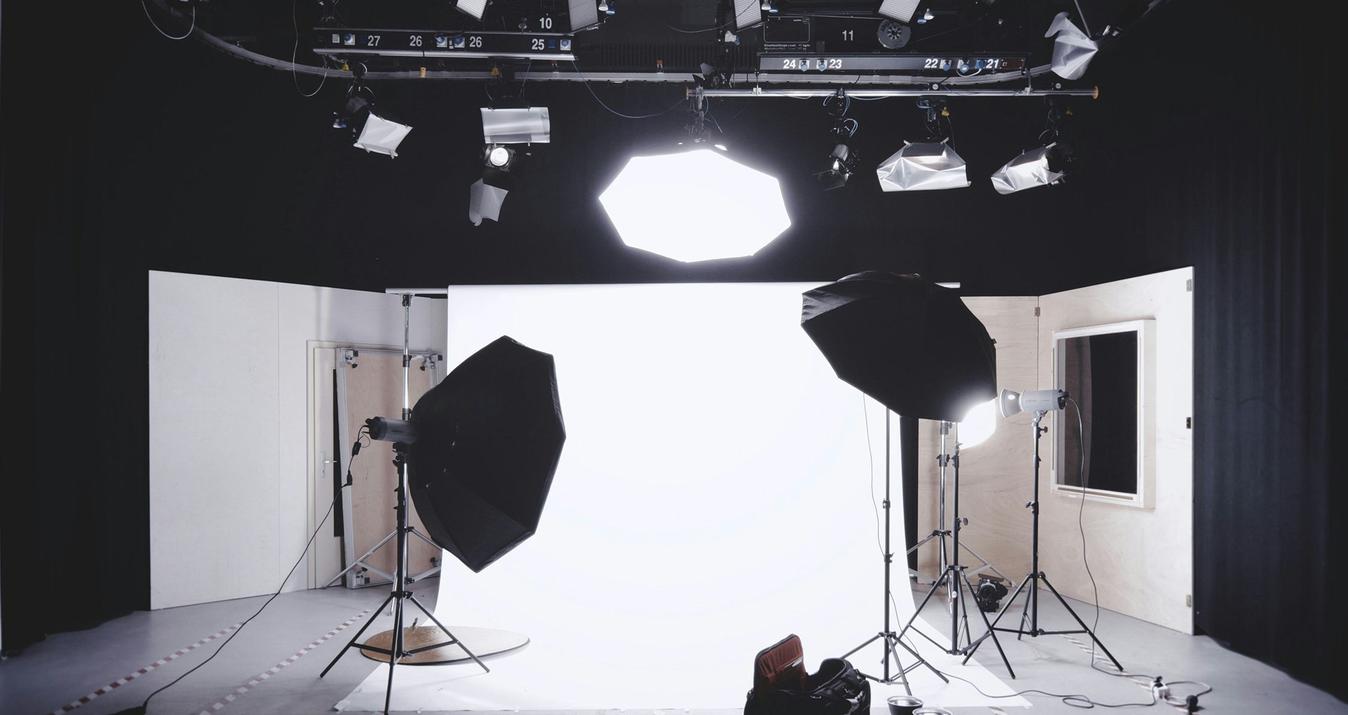Find out what is the golden ratio and how can you use it? If you don't know what is the golden number, this article is for you.
The golden ratio is a mysterious proportion considered the secret behind many works of art. It appeals to our senses. People seem to appreciate it so much that beauty standards and artworks are based on it. No wonder it was called “the Divine Proportion” during the Renaissance.
Among the famous artists who used it are Leonardo da Vinci, Michelangelo, and Sandro Botticelli. Salvador Dali used the golden ratio to compose “The Sacrament of the Last Supper.” It has been used for centuries in architecture too. The Parthenon, Notre Dame, the Taj Mahal, the Great Pyramid of Giza, the Guggenheim Museum in New York, and the UN Secretariat Building are just a few examples.
Extensive use of the golden ratio in art has made golden ratio appealing for modern artistic fields like photography and design. It even applies to music, as the analysis of works by Debussy, Béla Bartók, and Erik Satie shows.
So, what is the golden ratio? Here’s everything you need to know about it and how you can use it in the visual arts.The golden ratio: the theory.
You may have heard of the Golden Ratio in art or architecture. It is the compositional principle of arranging the elements in a work in such a way that the end result is aesthetically pleasing to the viewer. However, the origin of this pleasing composition rule is mathematical.
How to Calculate the Golden Ratio?
Few people know exactly what it is. The name is slightly misleading, as the golden ratio is an irrational number symbolized by the Greek letter Phi and has nothing approximately to do with gold. It was first used in 447 BC by the Greek sculptor Phidias in the sculptures he made for the Parthenon, hence its name. Like Pi, its value can’t be computed precisely, but it’s approximately equal to 1.61803398874989484820.
How to calculate the golden ratio? The golden ratio can be defined as a decimal number or by geometrical construction, using the Fibonacci series, or using trigonometry and geometry limits. The easiest way to understand its visual impact is to divide a line into two segments (or two parts), a and b, according to the following proportion in math:
(a+b)/a= a/b=1.618...
The golden ratio — also called the golden number, golden section, and golden mean — appears in the Fibonacci sequence (0, 1, 1, 2, 3, 5, 8, 13). If you take any two successive numbers in the Fibonacci sequence, you’ll see that their ratio is mathematically close to the golden ratio. And the higher the numbers, the closer the approximation. There’s a lot of math related to it, and you can have fun trying to see what mathematical implications it has.

By dividing an area into rectangles according to the golden ratio images and adding a curve in each rectangle or triangle, you can get a better idea of the golden ratio and its relation to the Fibonacci series, called the golden spiral. Just from this simple sketch you can already recognize one of the most appealing shapes of the 1.618 golden ratio in nature.
What is Golden Rectangle?
This is the easiest way to use the golden ratio in photography. It is a step up from using the rule of thirds, which will visually add more energy and meaning to your images.
With the rule of thirds, we divide the frame setting into two horizontal lines that intersect with two vertical lines. The end result is a grid formed by nine rectangle sections of equal size (lines are arranged strictly vertically and horizontally). The idea is to place objects of interest near or at the intersections of any of the lines.
The arrangement of the lines is slightly different from that of the grid of thirds. The rectangles differ in size. The top and bottom horizontal rows are the same width, while the middle ones are narrower. The same is true for the right and left vertical lines. This alignment brings the object of interest closer to the center than the rule of thirds.
In landscape photography composition, you very often work with natural lines such as the horizon. That's why golden ratio patterns make more sense than the spiral. Just try placing the horizon along either of the two horizontal lines, and your image will naturally appeal to the viewer.
The golden ratio in nature
The golden ratio isn’t just a number with a strong mathematical background, just look at seashells. It’s a number of perfect ratios that appears frequently in nature. You can interact with nature and find shapes and structures based on it in romanesco cauliflower, naturally occurring sea shells, flower petals, leaves, DNA molecules, the Milky Way, hurricanes, and the entire human body.

Why does nature multiply using the golden ratio? Botanists have concluded that plants optimize their sun exposure by growing leaves in a spiral and making sure they aren’t at repeating angles. Physicists have concluded that shapes created using the golden ratio consume less energy. In brief, nature is always optimizing, and the golden ratio is an optimal solution to many issues.
There are strategies explaining why proportions and shapes based on the golden ratio are so appealing to humans. It’s not just that you can see the it in nature. It seems that humans (as well as animals) interpret these shapes of golden ration faster than any others. Our brains are trained to recognize perfect proportions and interpret this type of information. Fascination with the golden ratio and golden spirals might explain why we’re fascinated by hurricanes despite the obvious danger.

Natural patterns are often implemented in man-made product logos, and the golden ratio is no exception. We’ve been using golden proportion for centuries since ancient greek just to discover that, as always, nature was ahead of us.
The golden ratio: examples and applicability
How to use the golden ratio? Leaving aside the mathematical aspects and its popularity in nature, it has an important quality in the art: divine proportion naturally attracts people’s attention. The golden ratio equation is the dream of any visual artist. If Renaissance painters were looking for innovation and freedom of expression, modern artists are looking for uniqueness and authenticity of the golden rule in photography. They want to stand out from the crowd, get attention, and get a loyal audience.
The golden ratio is frequently used in photography, design, and architecture. Golden ratio numbers help you build a balanced composition and establish a strong focal point. It isn’t easy to use an irrational number in creative fields, but there are tools and methods that can ease the work for you.
People have discovered many outstanding works of art that respect the golden ratio meaning. But many of them were built without claiming to use a golden ratio divisor. So is this number really useful in modern visual arts like photography and design?
The golden ratio in photography
The easiest way to use the golden ratio in photography is to choose an aspect ratio that respects the Divine Proportion. Instead of using the classic 4:3 or 16:9, try using a 16:10 ratio. This is especially useful in exhibitions, where your works are printed at a large scale and you want to gain people’s attention and interest.
You can also use it in photography as a composition rule. Similar to the rule of thirds, this is called the golden rule. To apply the golden ratio formula to your photos, divide your image using the Phi Grid: apply two vertical lines and two horizontal lines. Then place the focal point of your image along these lines or, even better, at their intersection to gain a golden ratio example.
 Photo by Eric Muhr
Photo by Eric Muhr
The golden rule is even used in landscape photography, where vast scenery needs to be framed in appealing proportions. You can also use a golden ratio circle in street photography to add motion and perspective.
While you can improve with practice, imagining the Phi Grid when you take photos isn’t as easy as imagining the rule of thirds. Fortunately, there are some image editors that can help you achieve the golden ratio in post-processing.
Luminar Neo has a Crop AI designed to help you deliver better compositions for golden ratio photography. You can choose the aspect ratio when cropping an image, and 16:10 is among the options.
You can also activate a grid that shows both the rule of thirds and the golden rule. Simply place your subject along the intersections of the grid to crop. When you get the composition you want, press Done and the image will be cropped to the photography golden rule.


To be able to afford cropping, you need to use large photos. It also helps to consider using the golden ratio when you take photos. Even if you aren’t exact with your positioning, you’ll minimize the cropping.
If you are a photographer or artist, you can use Luminar Neo both for editing your compositions with layouts and increasing image quality, as it’s also a fast and efficient image enhancer. Luminar Neo has many presets designed for specific categories of images that make post-processing easy. For example, the image below was enhanced before cropping using the Autumn Colors Look from the Landscape set.

You can try all the features of Luminar Neo right now by downloading the free trial version. If you need a guide, go to the developer's website.
While derived from the same golden ratio, the golden spiral or Fibonacci spiral is considered a different composition technique. The golden spiral is used when an image has more curves than straight lines. This technique places the objects of interest along the spiral, creating a visual vortex.
 Photo by Ryan Searle
Photo by Ryan Searle
The golden spiral is commonly used for canvas portraits, interior design, and commercial photography. It’s up to you if you want to combine several composition techniques and use the golden ratio in more than one way.
You can use the golden ratio in photography to create balance in a composition. Choose the perspective and shooting angle in such a way that the relation between subjects respects it. You can use this golden section technique in still-life photographs, commercial photography, and portraits. Experiment with proportions, and length, and use color contrast to make your compositions with golden mean in photography complex and meaningful.
 Photo by Roberta Sorge
Photo by Roberta Sorge
The use of the golden ratio in photography can be extended by choosing subjects with the desired shapes and proportions, resizing image components to needed dimensions, or adding Fibonacci spiral effects. For example, a picture of a rose will be more appealing if you photograph it from above, framing the spiral arrangement of the petals.
 Photo by Dorota Dylka
Photo by Dorota Dylka
But can we get the perfect image simply by following a geometrical rule? In his book The Decisive Moment (1952), Henri Cartier-Bresson says:
“In applying the Golden Rule, the only pair of compasses at the photographer’s disposal is his own pair of eyes.”
You can do any math you want when taking a picture. But if you don’t have a good subject, good technique, and a strong message to convey, your images will be dull and uninteresting.
The golden ratio in design
Graphic designers couldn’t miss the opportunity to get people’s attention by using a simple geometrical proportion. The math behind some famous logos — including for Apple, Twitter, National Geographic, and Pepsi — is proof of the golden ratio’s importance in design. The golden ratio graphic design creates not only appealing shapes but memorable ones.
Without noticing it, you use the golden ratio in design when you use a web page template with a lateral sidebar or to figure out what size font you need. You use the golden ratio in graphic design when you choose font sizes for titles and body text, when you create logos, and when you decide how much empty white space to use in web design. You can use the golden rule in design even when you choose a color palette.

Golden Ratio Color Palette by PhiMatrix
But not only digital design benefits. Tech magazine templates, object design, interior design, blogging, and fashion are using it too. The most flattering dress patterns respect the golden ratio in their bust/waist and hip/waist proportions. The hourglass shape is given to us by the golden ratio in design.
Some argue that it isn’t a panacea and doesn’t solve all design requirements. Otherwise, we wouldn’t have bad design. And the argument is valid like many others. People also observe unusual shapes: things that break the rules, distortions, and exceptions.

You can use the golden ratio in design to create a template and decide what type of content you need in each place. You can use it to create a path that’s easy for the human eye to follow and concentrate attention in a specific area. You can use it to create negative space and minimalist design. But after all, a single rule can’t do all the work.

You can infinitely divide a shape into smaller geometric shapes using the golden ratio. But you have to know when this infinity is not efficient anymore. Even if people are genetically programmed to like this proportion, there are many other conditions you must fulfill to gain the public’s attention.
The golden ratio in architecture
It's history in architecture begins with the ancient Greeks, to whom aesthetics were very important. But using the golden ratio in architecture gives balance, which is appreciated in any architectural style.
 Parthenon, Greece
Parthenon, Greece
It was intensively used in the Middle Ages and the Renaissance. Salisbury Cathedral (13th century) and the Palazzo Vecchio (15th century) in Florence are good examples. People are still looking for codes and mystical objects in these places.
There’s a long list of famous buildings that use the golden ratio. The list covers all periods of history and adds new buildings every day. The golden ratio and golden spiral are taught in architecture schools around the world.
Still, many people argue that the golden ratio wasn’t deliberately used in architecture. They say that attention to detail and use of geometric patterns was part of the architectural style of a specific period. Moreover, people didn’t claim to use the golden ratio until the 20th century.
Contemporary architecture has more aims than just being beautiful. The golden ratio can be a useful tool, but as in design and photography, it’s not the only thing that matters.
 Solomon R. Guggenheim Museum. Photo by Micaela Parente
Solomon R. Guggenheim Museum. Photo by Micaela Parente
The golden ratio has challenged mathematicians, art critics, architects, and designers. The golden mean ratio has been found in ancient buildings and works of art, in music and logos, but also in natural environments and even in our own bodies.
We’ve been fascinated for centuries by this amazing golden ratio explained that makes things beautiful. We’ve been also fascinated by its strong mathematical implications. But we’ve come to a point where we have to decide if we’ve let ourselves be fascinated by the tool or by the result.
The golden ratio is a useful tool. You can use the golden rule of photography to create balance in two-dimensional and three-dimensional spaces. You can use it for inspiration to compose music, create color palettes, and optimize the web design. In photography, the golden ratio gives us tools to make better compositions and emphasize the focal point.
To sum it up, nature gives us tools to understand and build graceful works of art with golden ratio design. On top of that, we’ve built our own magical app like Luminar Neo, a photo editor that allows you to use the golden ratio in post-processing. You can download Luminar Neo right now and try it for free.
Follow Skylum Software on YouTube // Get the latest videos, tips, and photography inspiration each week!














